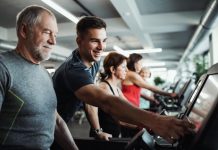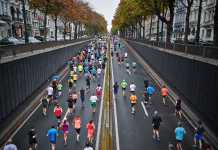If autumn and winter only make you want to wrap yourself in a blanket, take a look at the numerous joggers in the parks. How about joining them? If you are against it, you probably still believe in the myths about outdoor sports. Or don’t you know how to dress properly? Is it dangerous to train in the rain or at sub-zero temperatures? Our article is about the popular myths associated with workouts and the mistakes that beginners make.
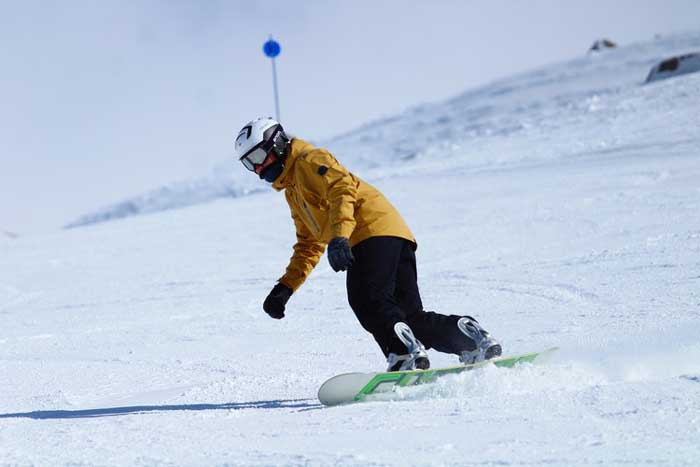 4 facts about outdoor sports
4 facts about outdoor sports
- The benefits of being outdoors have been proven by scientific research and practice. Exercising in the fresh air is even more effective because your body spends more calories. For example, studies, which compared the load when cycling on the street and on a stationary bike, proved that a person spends more calories on the street. This is also due to wind resistance and changes in the surface, along which a person is walking or riding.
- Physical activity in the open air improves short-term memory.
- Oxygen-enriched blood transports nutrients faster and recycles used ones. It launches the process of efficient serotonin and endorphin production.
- Regular exercising in the fresh air can reduce the risk of poor mental health by half. Researchers at the University of Glasgow have studied the role of a natural and unnatural environment for physical activity (walking, running and cycling). They found that regular outdoor exercise and contemplation of nature help resist stress, which is impossible in an unnatural environment, such as in the gym. In addition, when you stay in the fresh air for a long time, it lowers body cortisol (stress hormone).
With all the obvious advantages of outdoor activities in the offseason and winter, people are still worried. Even those who are used to starting the day with a workout in the park, start going to the gym or even stop training. Someone is afraid to start at all.
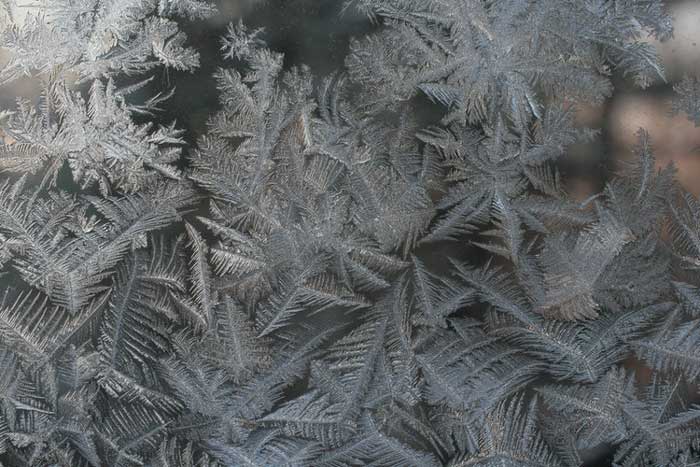
1. “How will I train in the snow/in the rain?”
Training in cool weather is a way out of the comfort zone. When a person does it all the time, they get to like it. Many sports grounds have awnings, you can train under them. Snow on the sports grounds is cleaned regularly, so you will work out on comfortable sports surfaces. Think about the right clothes: a high-quality waterproof windbreaker will keep you dry.
2. “I’ll freeze”
You will not freeze if you are properly dressed! This is how to dress properly:
- 5−10 degrees: lower base layer (long-sleeved jacket, leggings/pants) + thermostatic layer (long-sleeved sweatshirt).
- -1 to 5 degrees: lower base layer (long-sleeved jacket, leggings/pants) + protective layer (light jacket) + accessories (light gloves and ear bandage or a light hat for those whose ears quickly get cold).
- -6 to -1 degrees: lower base layer (thermal underwear, pants) + thermostatic layer (fleece) + protective layer (jacket) + accessories (gloves and hat).
- -15 to -6 degrees: lower base layer (thermal underwear, pants) + thermostatic layer (fleece) + protective layer (jacket and warm vest) + accessories (gloves, ear band, hat and a buff on the neck).
Depending on the sensitivity of your throat and ears and overall health, you may need a light scarf and an ear band already at +10 degrees. You will understand it at the very first jog. However, most people usually know about such body features even without doing sports in the open air.
3. “If I come with a child, he or she will not sit still, and I will be constantly distracted”
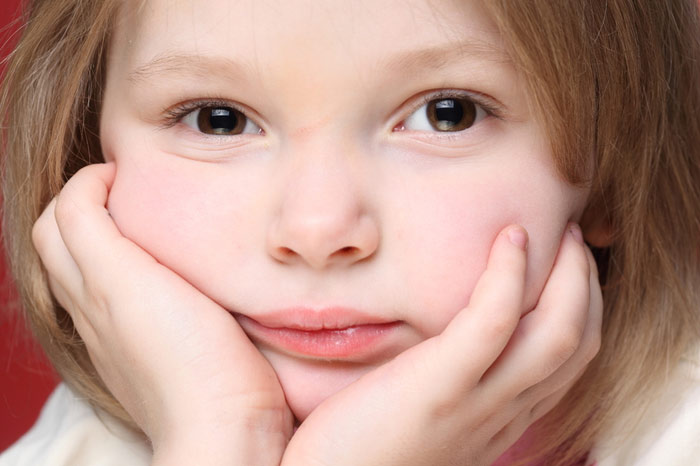
Babies usually sleep in baby strollers. Besides, there are already strollers for jogging. Older children can eagerly repeat the exercises after you in their own manner.
4. “I’ll sweat and catch a cold”
Take an extra set of clothes with you to change clothes immediately after the workout before you get cold. What is even better – work out in the park near the house or do not choose a long path to jog. It is better to jog the same circle twice than walk the rest of the long way sweaty, cool down and get sick.
5. “In the evening it is dark outside. I will feel uncomfortable in the park ”
Parks and sports fields are usually very well lit. When this lighting is not enough or under repair, you can use a portable flashlight or a forehead flashlight. If you can’t play sports during the daytime, find a friend for yourself and jog or exercise together.
4 Frequent Mistakes Beginners Make
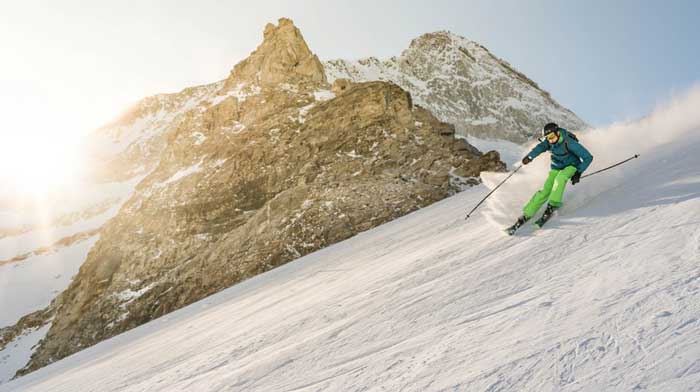
If you have decided on working out in the fresh air in the winter, do not repeat these mistakes:
Exercising on an empty stomach
The body gets stressed when getting a load without proper nourishment. What and when to eat? It is necessary to take into account your workout goals. If it is maintaining your health, physical fitness, keeping your muscles in shape, it is best to eat foods rich in complex carbohydrates and easily digestible proteins for breakfast, about an hour before a workout. Before the evening workout, we also recommend sticking to the “complex carbohydrates + proteins” principle. Look out for high-fiber foods, such as vegetables and low-fat fish dishes. Do not forget about the drinking mode! It is extremely important to drink clean water before, during and after exercising!
Keeping your limbs exposed (bare ankles/open ears)
Because of these open surfaces, the body will lose its own heat. Think about it: during intense physical activity, about 30% of the body’s heat is lost through the head! Imagine what happens if you don’t wear a hat!
Dressing too warm
Choosing clothes for training, you need to dress so that it will be cold just to stand like that. You will feel comfortable in a few minutes after the start of the workout when blood circulation accelerates significantly. If you dress too warmly, then you can overheat during exercise or sweat a lot and get sick.
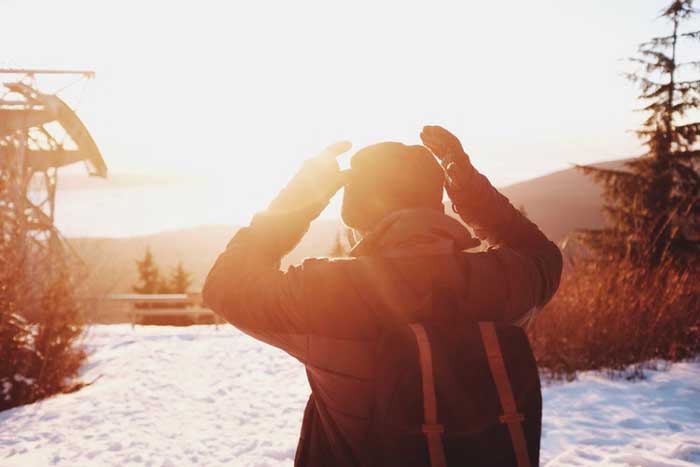
Do not wear thermal underwear
Thermal underwear is functional underwear. It helps to keep warm and remove moisture from the skin. This allows you to feel comfortable during intense physical exertion and avoid overheating. Thermal underwear is the best functional version of the base layer of clothing in cold weather.
Conclusion
Sport should bring not only satisfaction from the result but also joy from the process. Sports in the fresh air is not just fitness in the direct sense, but also care for human health, the ability to follow the rules of healthy lifestyles, combine walking and training. This saves time on the way to the fitness club. It is no coincidence that an increasing number of people start following the trend of working out in the street – those who understand how important it is to take care of themselves and their health, even from a young age.


